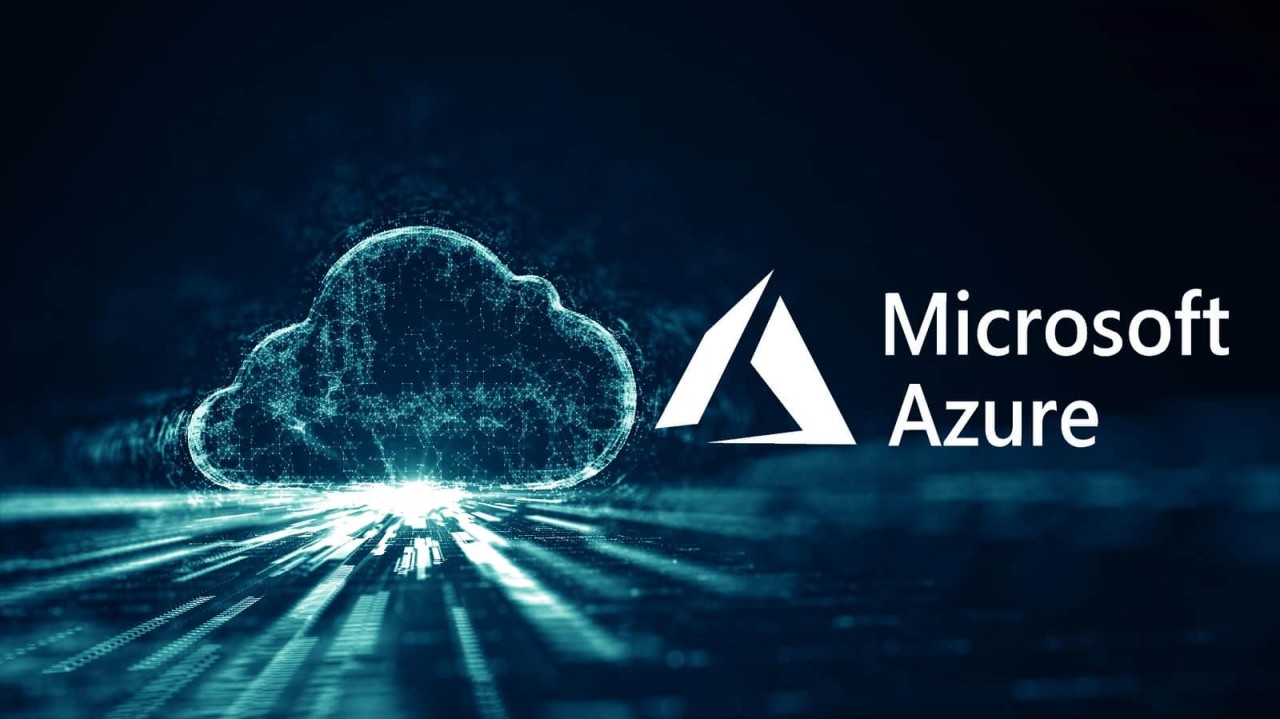Description
Introduction of Cloud Computing Fundamentals :
This course is designed to provide a comprehensive introduction to cloud computing, focusing on the fundamental concepts, models, and services that form the backbone of cloud technology. Participants will explore the key characteristics and benefits of cloud computing, including scalability, elasticity, and cost-efficiency. The course will cover different cloud deployment models (public, private, hybrid) and service models (IaaS, PaaS, SaaS). By the end of the course, learners will have a solid understanding of how cloud computing works, its impact on businesses, and the skills needed to navigate the cloud landscape effectively.
Prerequisites:
- Basic IT Knowledge: Participants should have a basic understanding of information technology concepts, including networking, storage, and virtualization.
- Familiarity with the Internet: A basic understanding of how the internet works, including web browsers, web servers, and client-server architecture.
Table of Content:
Conclusion
Mastering the fundamentals of cloud computing is vital for harnessing its benefits and opportunities. By understanding the basic concepts and service models, individuals can better navigate the cloud landscape and make informed decisions. This knowledge lays the groundwork for further exploration and implementation of cloud technologies in various applications.
If you are looking customized info, Please contact us here







Reviews
There are no reviews yet.